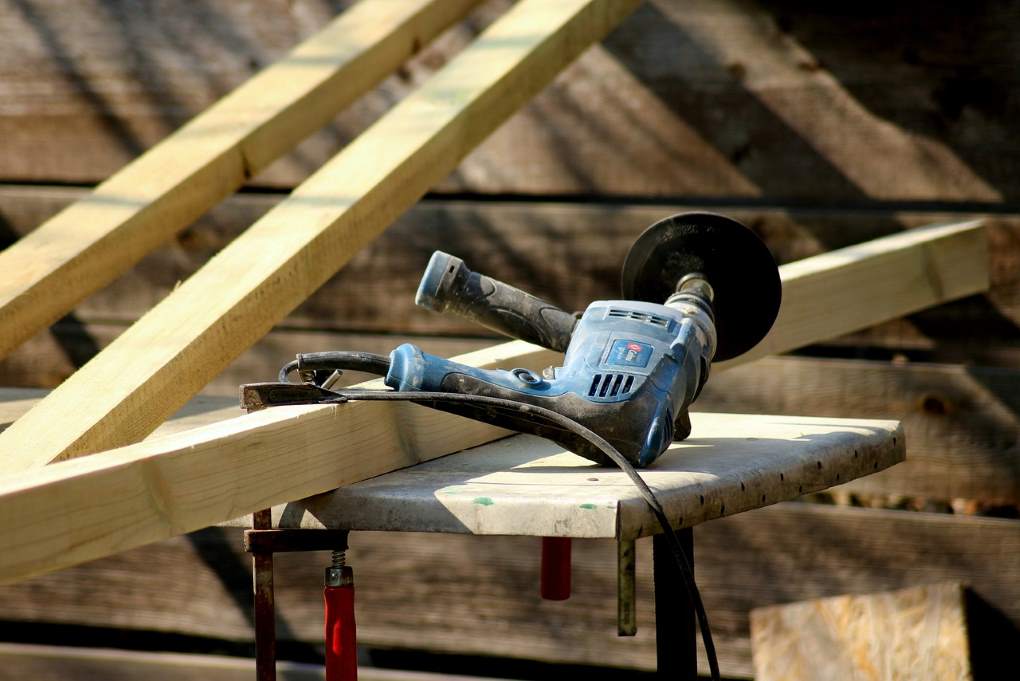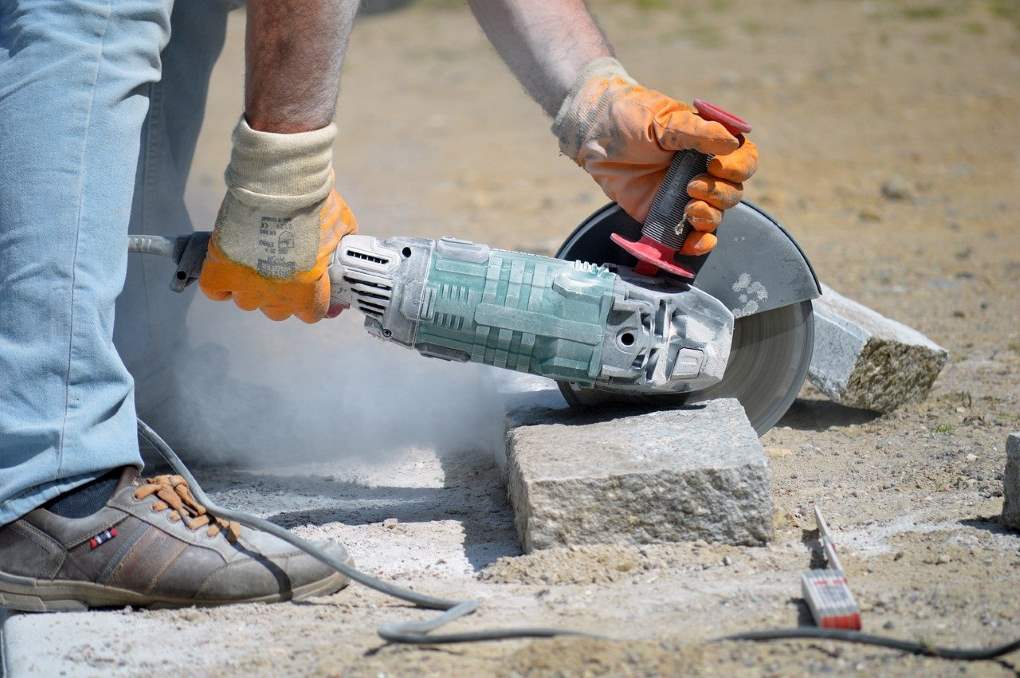The HSE have clearly identified what employer responsibilities are for Hand Arm Vibration (HAV) and what they expect to be happening to monitor and prevent this condition in employees using equipment known to cause HAVS.
So, what do you need to know about Hand Arm Vibration Syndrome as an employer?
In this blog we’ll identify how measuring your equipment and tools matters, what equipment you need to be measuring and what the legislation says about hand arm vibration for your workforce.
Hand Arm Vibration Exposure
The HSE define HAV as followed ‘Hand-arm vibration is vibration transmitted into your hands and arms when you use handheld powered work equipment or workpieces which vibrate while being processed by powered machinery, such as pedestal grinders. This equipment can cause hand-arm vibration syndrome (HAVS) and carpal tunnel syndrome (CTS).’
The damage from HAVS (hand-arm vibration) is disabling, painful and permanent. However, it is also entirely preventable, it is vital for employers to take action to protect their workforce. Without undertaking assessment, monitoring and introducing limitations, workers are left at risk of a variety of conditions, such as carpal tunnel syndrome and vibration white finger all of which they can claim industrial compensation for.
Exposure to HAVS can occur in a variety of industries such as manufacturing, engineering, grounds management, civil engineering and construction: anywhere where hand-held and hand guided powered tools and equipment are used.

HAV Rules & Regulations
The Control of Vibration at Work Regulations were put in place in 2005 to advise both employers and employees how best to avoid any physical damage occurring. They lay out best practices for assessing and controlling the associated risks to health. It is important with HAVS – as with all areas of health and safety within the workplace – that employers and employees work together to minimise any risk of harm.
The regulations also detail the exposure action value (EAV) and exposure limit value (ELV). The EAV is the daily amount of vibration exposure above which the employer is required to take action to control further exposure, set at 2.5 m/s2. The ELV is the maximum exposure that an employee can be exposed to daily. This is set at 5m/s2.
Reducing Hand Arm Vibration Risks
Employers should assess the risks and identify measures to remove or control exposure to damaging vibrations, as well as providing appropriate user training, information and ongoing health surveillance.
Risks can be reduced by:
- Selecting the correct tool for each job
- Using a suitable low-vibration tool where applicable
- Maintaining tools properly to avoid increased vibrations from faults or wear
- Ensuring the efficiency of cutting tools be keeping them sharp
- Storing tools at ambient temperatures so handles are not very cold when used
- Reducing the time a tool is used in one go, by alternating use with other tasks
- Encouraging good blood circulation by keeping hands warm and dry and massaging and exercising fingers in work breaks
The HSE has published their own guide for employees and employers, which offer expert advice making sure that everyone on the team is working together to stay safe and minimise HAV risks.
Using Experts for Measuring HAV
CoMech have IOSH accredited assessors who go to client’s sites to check their tool vibration levels. Our HAV experts use an accelerometer, which reads vibration output across three different directions.
Our engineers come to your site and once we have assessed a tool in use and the tool is cleared for use you are guaranteed minimal interruption to your workforce.
Using the vibration output values, the team compile an in depth HAV assessment report. This isn’t a pass or fail, but a clear recommendation for daily usage limits. This is also marked on the tool itself, together with an easy-to-read “traffic light” colour coded label. Visually your workforce can easily identify how long their should be using the equipment for safely. This means that it becomes much easier to prevent exposure to risky vibration levels and to ensure HSE compliance. And that’s important for everyone concerned.
For more information see our HAVS page or contact us to arrange a site visit:
marketing@comech.co.uk or 01332 867700


